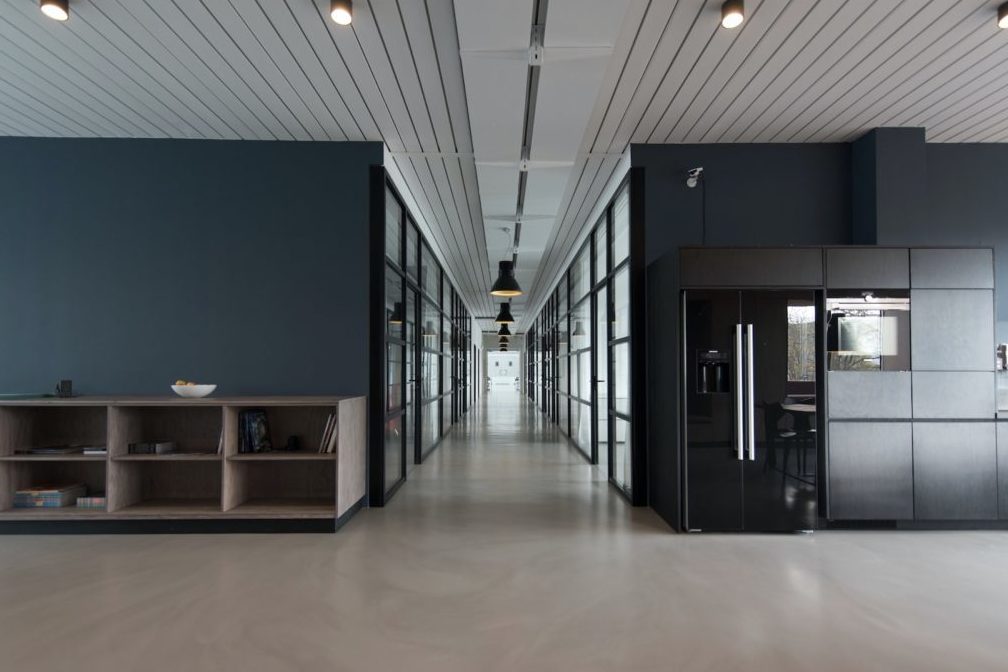Skift Take
Distributed companies benefit from regularly gathering teams and creating camaraderie. Some companies are happy to use up funds previously allocated to office leases. Others invest even more.
When the Covid pandemic shuttered workplaces worldwide, society was forced to switch to a work-from-home model. More than two years later, organizations are embracing new working norms that offer flexibility.
In many cases, those that have closed the corporate office for good are taking that money and using it toward team meetings and events designed to build remote culture. According to Knowland, a provider of data-as-a-service insights on meetings and events for hospitality, in some cases, companies are spending more than they are saving on rent.
“This demonstrates that companies are doubling down on employee events to keep teams connected and engaged. Remote and hybrid work is here to stay as lifestyles have changed and work-life balance is prioritized,” explains Jeff Bzdawka, CEO of Knowland.
A CEO of an educational website shared with Knowland the importance of having one all-encompassing meeting that includes the entire company for three to four days. “It is a huge undertaking for us, and it’s been very difficult to plan to pull off,” said the CEO. In addition to this gathering, the company requires each to meet at other times throughout the year.
Gathering an entire team offsite for three to four days is involved. There are flights to book, hotel blocks to arrange, and an itinerary to create, not to mention the expense associated with all this.
Another of Knowland’s clients runs a private equity fund with portfolio companies and has mandated that any savings from downsizing office space be spent directly on meetings and events. These events should be focused on gathering teams with the support of professional meeting planners.
“We are seeing the no-work, work meeting phenomenon catching on. Companies that have downsized or eliminated their physical office space are pulling teams together to build rapport, camaraderie, and culture to help maintain and grow a sense of team connection when they return to their remote environment,” said Bzdawka.
Another trend related to the remote work world is renting big Airbnbs to gather instead of paying rent on offices.
Many find this new way of life appealing. Commuting time, office wear, and idle water cooler chatter are things of the past. In their place are more balanced priorities and company getaways where employees bond as a team.
To learn more about this new trend, download Skift Meetings latest report, Designing for Connection: How to create meetings and events that build culture and community, produced in partnership with IMEX.





